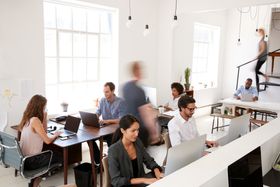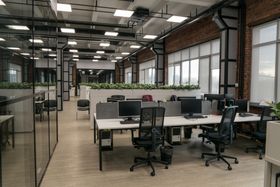POC System Answers
Experts answer your questions about logistics, system implementation, workflows and more to help you capitalize on your dynamic space.
Recent Answers
7 Key Elements to Create a Safe & Comfortable Workspace
It's no secret that employee safety and comfort are at the forefront of every modern business. Yet, many business owners don't spend too much time thinking about this. The good news is that even the
Asked 2 years ago
Proximity Bias in the Workplace: What It Is & How to Prevent It
While proximity bias isn't new, the remote working landscape post-pandemic has made it more prevalent. Proximity bias describes the tendency of colleagues and managers to work more closely with people
Asked 2 years ago
Hot Desking vs. Hoteling: 3 Key Differences You Should Consider
Hoteling and hot desking are two popular ways to save office space, especially in the hybrid working model. Both methods move away from the assigned seating approach of a traditional workplace, opting
Asked 2 years ago
Related Articles
Recent Posts
Filip Dimkovski
3 Dynamic Office Designs for Flexible Workspaces
Filip Dimkovski
Space Utilization: From Calculation to Optimization
Filip Dimkovski




